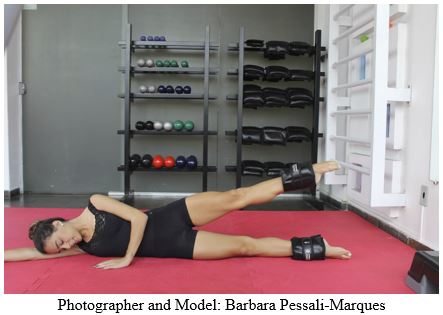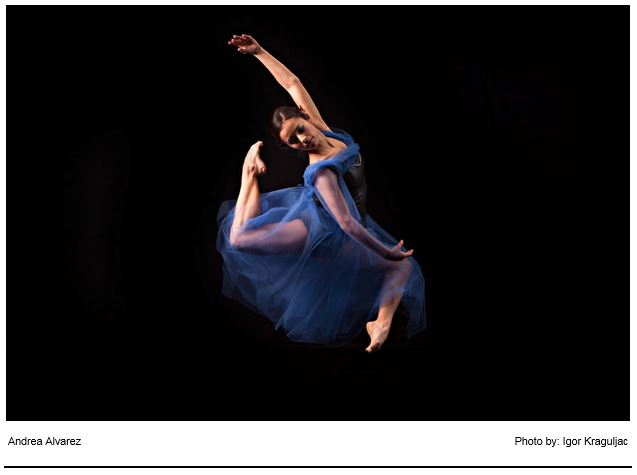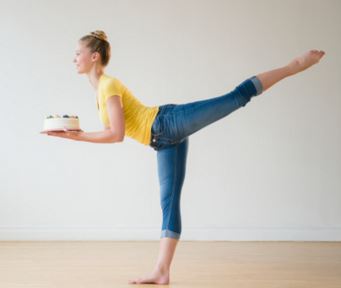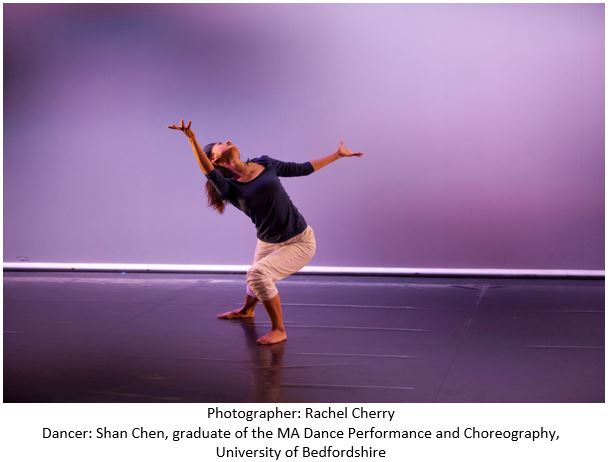Blog
Feet: Skeletal and Muscular Structure
Author: Elsa Urmston on behalf of the IADMS Education Committee
Over the next few months the Education Committee bloggers shine a light on the importance of the feet. In June, Maggie Lorraine will write a two-part blog which focuses on potential foot injuries, structural issues, and working with them in dance. We look forward to her insight. By means of introduction to this topic, this short blog provides an introduction to the foot’s skeletal and muscular structure.
Read ArticleBridging Dance and Health in Brazil III: Taking Action
Author: Clara Fischer Gam
This is the 3rd installation of a series about the opportunities and challenges of Dance and Health in Brazil – through the eyes of the Brazilian IADMS members’ community! In a previous post, we discussed the current scenario for public policies and access to information in the field. Today, I will be taking you on a journey across the country to the projects that are taking action to bridge that gap.
Read Article5 Questions With Andrea Alvarez and Siobhan Mitchell
Our next featured members in the “5 Questions With…” column are Student Committee Members, Andrea Alvarez and Siobhan Mitchell. Andrea is a third year graduate student at Case Western Reserve University in Cleveland, OH, USA. Siobhan is a PhD student at the University of Bath, UK.
Read ArticleBridging Dance and Health in Brazil II: Raising Awareness
Author: Clara Fischer Gam
This is the 2nd installation of a post series about the opportunities and challenges of Dance and Health in Brazil - taking the perspective of our fellow Brazilian IADMS members. In a previous post we started delving into the sector of Dance Medicine and Science in this country, a field still in its infancy. Today I am bringing to you a byte-sized overview of our current issues and aspirations to reach information accessibility and community engagement in Brazil.
Read ArticleStretching: Some thoughts on current practice
Authors: Maggie Lorraine and Elsa Urmston on behalf of the IADMS Education Committee
Dancers are often passionate about developing their flexibility, reaching ever-greater ranges of motion (ROM), as choreographers require ever-more spectacular contortions of the body. For example, it’s been observed that the height of the développé in Les Sylphides Nocturne section has increased from 60° to nearly 180°, and of course, different dance styles require different ROM at different joints; Spanish dancers need increased ROM in the shoulders compared to a non-dancing population whereas classical ballet dancers need extensive ROM in the hips. We see a wide range of images and videos online nowadays which see young dancers especially, pushing their body into incredibly contorted positions, often compromising safety and alignment, and possibly leading to increased likelihood of injury as they pursue increased ROM. It’s not as simple as pushing dancers into various positions, as it has been reported that up to 17 factors can affect flexibility, including age, body morphology, genetics, gender, bones, nerves, muscle, ligaments, and connective tissue, so it becomes vital as dance educators that we educate our dancers to look after their body, practise safe stretching activities and understand that achieving optimal flexibility is a complex process.
Read ArticleBridging Dance and Health in Brazil, Part I: The early steps of an emerging field
Author: Clara Fischer Gam
In 2016, all eyes are on Brazil - country that will be hosting the Olympic Games this year. Inspired by this vibrant atmosphere, today we start a post series about the opportunities and challenges of Dance and Health in Brazil – from our members’ perspective!
Read ArticleIADMS Dance Educator Award Update
The 2nd IADMS Dance Educator Award was awarded to Janet Karin, OAM, for her passion and commitment to dance and for her tireless contribution to Dance Medicine and the benefits her work brings to countless dancers. A former Principal Dancer of the Australian Ballet, Janet Karin was previously Principal Dancer of Victorian Ballet Guild and a member of the Borovansky Ballet. She performed in Giselle, Swan Lake, Les Sylphides, Rudolf Nureyev’s Raymonda and Sir Robert Helpmann’s Electra, to name a few, with several roles created exclusively for her. She established her teaching career in Canberra, training many outstanding dancers, choreographers and teachers. She devised her own teaching system, The Karin System, in response to developments in understanding of anatomy, learning processes and teaching methodologies and to changes in the artistic and physical requirements of the dance profession.
Read ArticleNurturing passion in dance
Author: Imogen Aujla on behalf of the IADMS Education Committee
Passion for dance is important: as teachers we want our students to be passionate, love what they do, and get involved at every opportunity. But is it really good for dancers to eat, sleep and breathe dance? What happens when passion turns into an obsession?
Read ArticleUsing imagery to optimise dance training and performance
Author: Sanna Nordin-Bates on behalf of the IADMS Education Committee
Think of a time when you were really enjoying your dancing. Really think about it: how it felt, what you did, and who else was around. Was there music playing? Maybe you can even recall what you were thinking of, or focusing on.
My guess is that you could see the above scenario in your mind’s eye: the image of that time of dance enjoyment. This is the visualization part of imagery, and it is powerful in itself. But just like normal life (and dance training) is not just visual, you could also conjure up a range of other sensations, even though you were not actually experiencing them for real. This is why the term imagery is preferred to visualization: it acknowledges the importance of using multiple senses to make an image as vivid as possible. In fact, research shows us that imagery is more effective the more vivid it is, and vividness is achieved by using multiple senses. Essentially, it is these sorts of rich images which convince your brain that what is going on is real – it is stimulating the very same areas of the brain as actual movement, actual music-listening, actual seeing, and so on.
Read Article- IADMS 34th Annual Conference - Experience Point of View: Jennifer Milner
- IADMS 34th Annual Conference - Experience Point of View: Joanna Nicholas
- IADMS 34th Annual Conference - Experience Point of View: Erika Mayall
- Beginning ASL for Medical Students & Health Practitioners
- Relative Energy Deficiency in Dance






 BACK
BACK